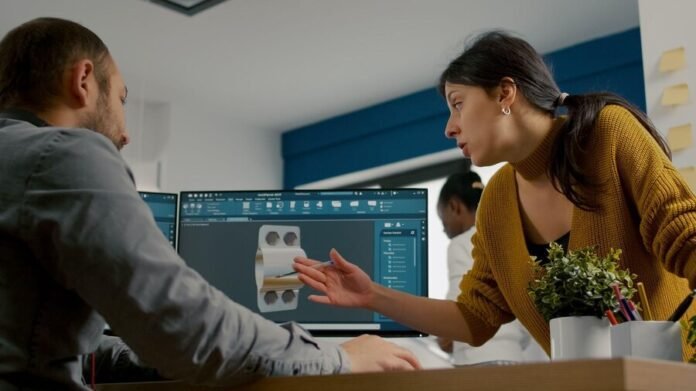Human-centered design (HCD) stands as the linchpin for achieving triumph in contemporary new product development, amidst soaring consumer expectations. At Future Factory, our unwavering commitment to user-centricity reigns supreme, permeating every facet of the product development journey. Our approach not only cultivates trust and nurtures brand loyalty but also paves the path to commercial success. In this article, we embark on an exploration of HCD’s intricate nuances, spotlighting its pivotal role in industrial design, rapid prototyping, and the overarching elevation of user experience.
Human-Centered Design (HCD): The Key to Success in New Product Development
HCD is an empathic approach that revolves around understanding the typical thinking, emotions, and behavior of users. At Future Factory, we believe in the power of prioritizing the end-user throughout the product development journey. It necessitates a deep understanding of user needs, desires, and challenges at every touchpoint. By embracing this approach, we aim to create products that seamlessly integrate into users’ lives, solving their problems, and enhancing productivity.
The Significance of Human-Centered Design
HCD is not just a buzzword; it’s a strategic imperative in new product development. Its impact goes beyond the financial bottom line; it results in superior products that genuinely address real-world challenges. At the heart of HCD lies the investigative phase, also known as user research. This phase involves meticulously crafted queries that guide the approach to design issues even before product development commences.
User Experience (UX) and Human-Centered Design (HCD)
While UX and HCD are closely related, they are not synonymous. UX design is a practical application of the broader HCD paradigm. It encompasses everything learned from human-centered design research to shape what users see, feel, and hear when interacting with a product.
Four Principles of Human-Centered Design
- People-Centered Design: Focus on users and their environments to create products tailored to their needs.
- Understand and Solve the Right Problems: Identify root causes and underlying issues to prevent recurring symptoms.
- Everything is a System: Consider the interconnectedness of all elements.
- Simple and Minimal Interventions: Embrace iterative work, using prototypes to test and refine solutions gradually.
The Six Phases of HCD
- Observation: Begin with an open mind and empathy for the user. Understand the context of usage, target users, and their challenges.
- Ideation: Pose pertinent questions, develop personas, and create empathy maps and customer journey diagrams. Rapidly prototype and test solutions.
- Iteration: Continuously test, gather user feedback, and refine solutions until the ideal one is achieved.
- Implementation: After launch, revisit all previous stages to ensure continued success.
Elevating User Experience at Future Factory
Future Factory employs HCD to its fullest extent to provide exceptional user experiences. We strategically integrate material, features, and functionality in the right place, at the right time, and in the right way. Our commitment to rapid prototyping and industrial design ensures that every product we create aligns seamlessly with the needs and desires of our target audience.
Conclusion
In the realm of new product development, human-centered design is no longer a choice but a necessity. Future Factory’s dedication to HCD, industrial design, rapid prototyping, and user experience has positioned us as pioneers in creating products that not only meet users’ needs but also exceed their expectations. By placing the user at the center of everything we do, we continue to build trust, secure loyalty, and establish lasting brand recognition in the ever-evolving digital landscape.


